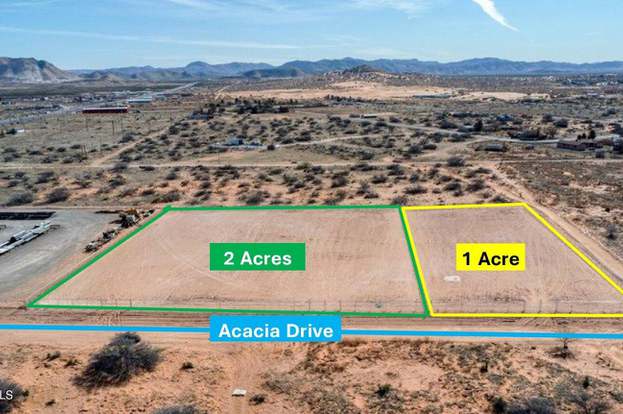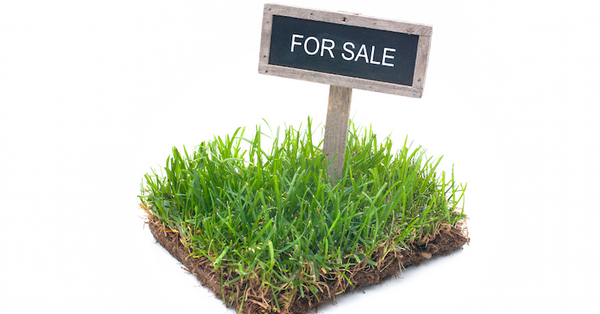When it comes to real estate, the term "acre" is used frequently. But what exactly is an acre of land, and how big is it? In this article, we'll delve into the details of this unit of measurement and provide some context to help you visualize its size.
An acre is a unit of land measurement that is commonly used in the United States, Canada, and the United Kingdom. One acre of land is equivalent to 43,560 square feet. An acre is not required to be any specific shape.
How Big is an Acre of Land?
To put 43,560 square feet into perspective, an acre of land is roughly equivalent to 75% of an American football field.
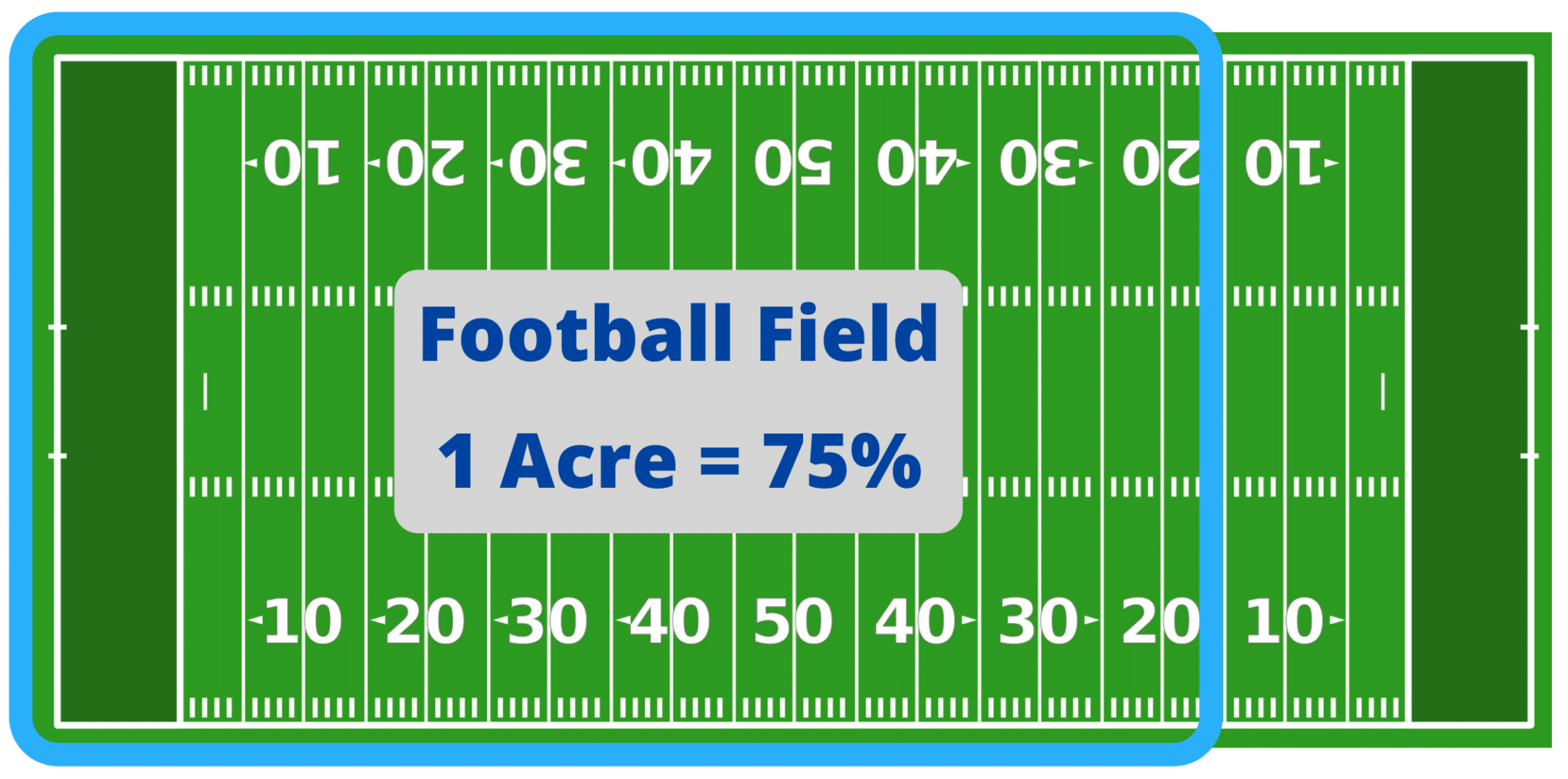
While the size of an acre of land is fixed, it's worth noting that the shape of an acre can vary. For example, an acre of land could be a long, narrow strip that is 66 feet wide and 660 feet long, or it could be a square that measures 208.71 feet on each side.
An acre of land is a useful unit of measurement for a variety of reasons. It's often used to measure the size of agricultural land, such as farms or ranches, as well as residential and commercial properties. Additionally, it's a useful unit of measurement for estimating the size of plots of land that are being bought if you're planning to build a house.
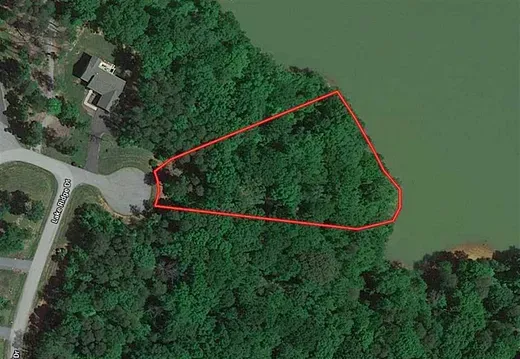
While the acre is a commonly used unit of measurement in the United States, it's important to note that other countries use different units of measurement to describe land area. For example, in many parts of the world, land area is measured using the metric system, with the most common unit of measurement being the square meter. One acre is equivalent to approximately 4,047 square meters.
In addition to the traditional "single acre," there are other types of acres that real estate agents and landowners may encounter. The commercial acre is a legal unit of measurement that is used to calculate land cost in commercial real estate transactions. It is equivalent to 43,560 square feet or slightly less than one square acre. The residential acre, on the other hand, is a term that is sometimes used to describe a smaller area of land that is suitable for building a single-family home.
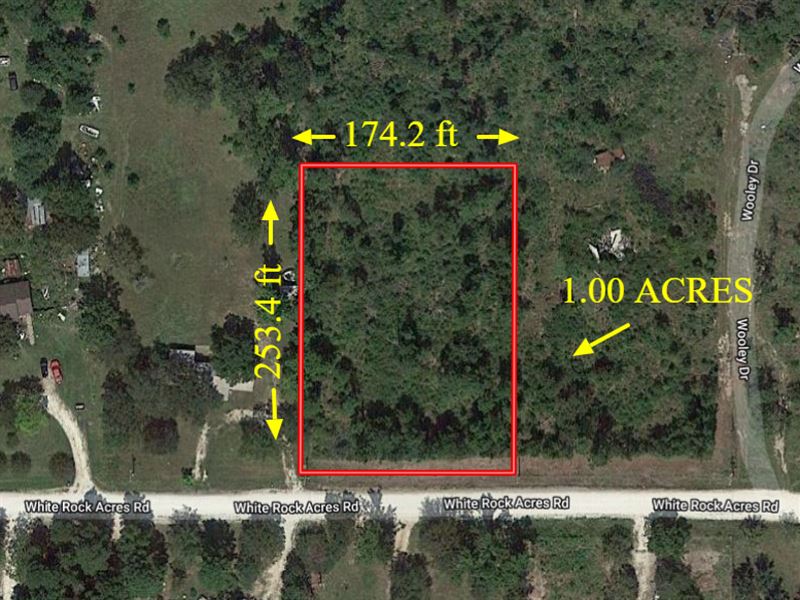
When it comes to purchasing land, understanding land acreage and how big one acre is can be crucial. For example, if you're looking to build a housing development, you'll need to know how many acres you'll need to accommodate all the houses you want to build. Or, if you're looking to purchase a single acre of land for your dream home, you'll need to know how much land area that one acre represents.
To put the size of an acre into context, it's worth noting that one square mile is equal to 640 acres. This means that if you were to cover an entire square mile with individual acres, you would need 640 acres to do so. In terms of end zones on a football field, a single acre is equivalent to 1.32 end zones. Visually, an acre can be difficult to grasp, so it's helpful to think of it in terms of its square footage. One acre is equivalent to 90% of a 100' x 100' square or 208.71 feet by 209.71 feet.
Finally, it's worth noting that there are different types of acres in use around the world. For example, the international acre is slightly different from the US survey acre and is equivalent to 4,046.856 square meters. It's important to be aware of these different units of measurement, particularly if you're purchasing land in a foreign country.
History of Measuring an Acre of Land
As mentioned, the concept of an acre as a unit of land measurement has its roots in medieval England, tracing back as far as the 13th century. The term "acre" originates from the Old English word "aecer" which initially referred to an open field. Historically, an acre represented the amount of land a yoke of oxen could plow in a day, which was standardized to 4,840 square yards or 4,047 square meters. The measurement evolved as a convenient way to quantify land for sale and taxation.
Over centuries, with the advent of more sophisticated measurement tools and methods, land assessment became more precise. The acre, however, has remained a customary unit for land measurement in the US and the UK, symbolizing a tangible connection to agrarian roots amidst modern land governance. Over time, the process of measuring an acre became standardized, demonstrating human advancement in surveying and land management.
Understanding the Size of Residential Plots
When exploring the concept of land measurement, especially in terms of residential plots, understanding how big one acre is becomes crucial. An acre, though not a prescribed shape, is a standard measurement used extensively in the United States, Great Britain, and several other countries. This unit of area, spanning 43,560 square feet, provides a substantial space for homeowners, making it a popular choice for residential plots. It is fascinating to note that the term 'acre' is derived from Old English, indicating the amount of land one man could plow in one day with a team of oxen.
To further contextualize the size of an acre, envisioning it in relation to a standard one-mile stretch can be helpful. An acre is approximately 1/640th of a square mile, highlighting its substantial size. It’s worth mentioning that an acre’s dimensions can vary and are not confined to a prescribed shape, giving property owners flexibility in how they utilize their space. This adaptability is particularly beneficial for residential plots, where the layout and design of homes and gardens play a significant role in the overall appeal and functionality of the property.
In historical contexts, particularly in Great Britain, the size of an acre was commonly understood to be a strip of land that was one furlong long (660 feet) and 66 feet wide. This dimension harks back to the agricultural roots of land measurement, providing a glimpse into how standard measurements have evolved over time. Today, while the size of an acre remains constant at 43,560 square feet, the shape and layout of residential plots can vary widely, offering homeowners a range of options to suit their preferences and needs.
Conclusion
In conclusion, understanding how big an acre is and how much land area it represents is crucial for anyone involved in real estate or land management. Whether you're purchasing land for a residential or commercial development, it's important to have a clear understanding of the size and type of acreage you're working with.
While the size of an acre is fixed, its shape can vary, and it's a useful tool for estimating the size of plots of land. By being familiar with the different types of acres, as well as other units of land measurement like square meters and square miles, you can make informed decisions about your land purchases and ensure that you're getting the most value for your money.

